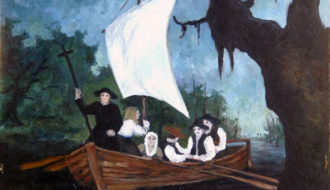
6.10 a.–b. Acadians in Colonial Louisiana
The Acadians, ancestors of present-day Cajuns, were people of French ancestry who settled in what is now Canada before migrating to Louisiana.

The Acadians, ancestors of present-day Cajuns, were people of French ancestry who settled in what is now Canada before migrating to Louisiana.
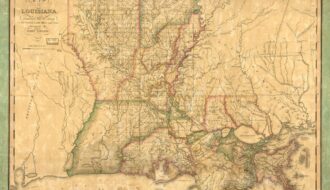
The treaty that settled the western boundary of the Louisiana Purchase was ratified by the governments of Spain and the United States in 1821.
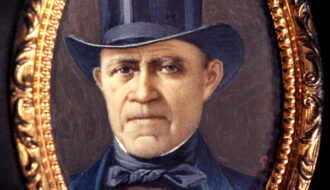
Adolph Rinck settled in New Orleans around 1840 where he was a successful portrait and miniature painter, art teacher, and sketch artist.
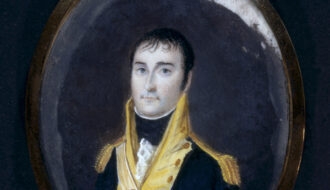
French artist Ambrose Duval achieved success as a miniature portrait painter in New Orleans in the early nineteenth century.

While Louisiana began as a French colony and its dominant culture remained Creole French well into the nineteenth century, Anglo-Americans began to form a significant minority in region the late colonial period.
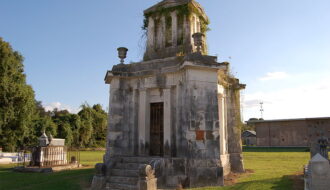
This Catholic cemetery in Donaldsonville was laid out in a grid plan shortly after the church parish was founded in 1772.

During John James Audubon’s four month tenure at Oakley Plantation as tutor to Eliza Pirrie, he produced thirty-two of his bird paintings.
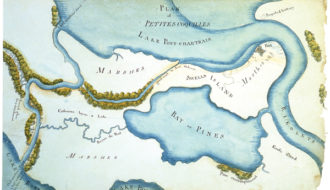
Barthélémy Lafon enjoyed a long and diverse career in Louisiana as an architect, builder, engineer, surveyor, cartographer, town planner, land speculator, publisher, and pirate.
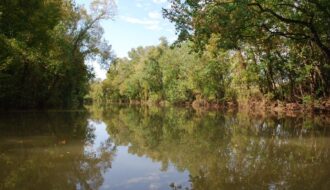
Before railroads and highways, Bayou Teche served as an important transportation route deep into the fertile interior of south-central Louisiana.
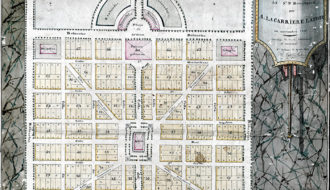
Baton Rouges' Beauregard Town, planned in 1806 by Capt. Elias Beauregard, is now a predominantly residential district.

Beignets, or pockets of fried dough served with powdered sugar, are an iconic New Orleans treat.

Beignets are a powdered sugar–covered treat.
One-Year Subscription (4 issues) : $25.00
Two-Year Subscription (8 issues) : $40.00
